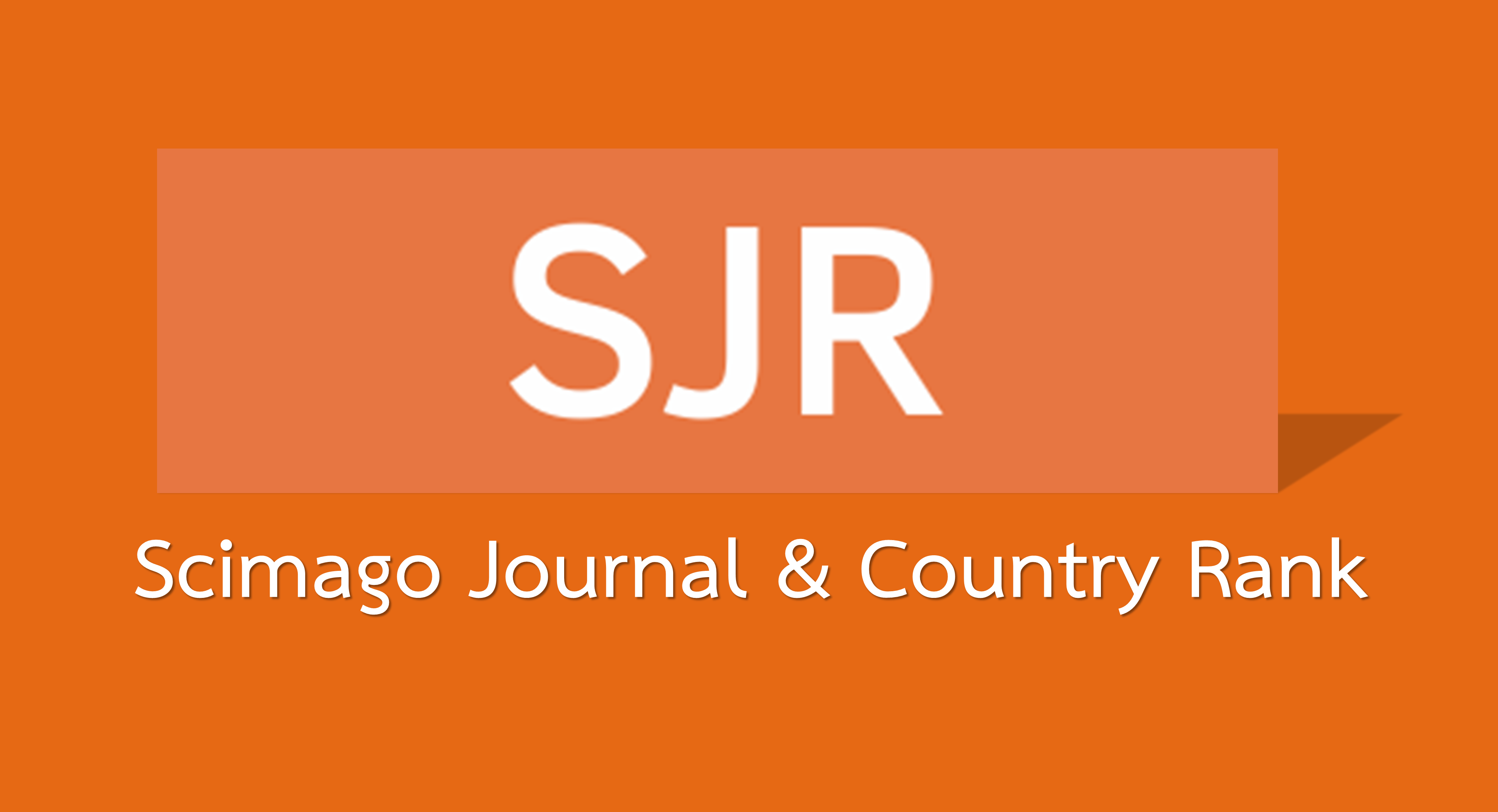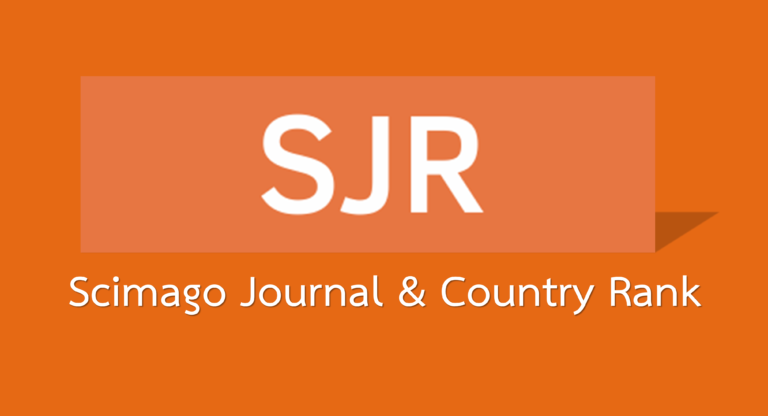Hamida et al. (2022) proposed an efficient approach to improve...
Read More


Developed by Professor Félix de Moya, Research Professor at Consejo Superior de Investigaciones Científicas, SCImago Journal Rank is a prestige metric based on the idea that all citations are not created equal. With SJR, a journal’s subject area, quality, and reputation directly affect its citation score. SJR:
Weighted by journal prestige, there is a ‘level playing field’ between journals (e.g. playing field: SJR in electronics and electrical engineering, … SJR in Energy Engineering and Power Technology)
Eliminate manipulation: improve SJR ranking by being published in more reputable journals
Share journal prestige equally based on the total number of citations in the journal
Normalizes differences in citation behavior between subject areas.
SCImago Journal & Country Rank (SJR) is a portal that includes journal and country scientific indicators developed from information contained in the Scopus (Elsevier) database. SJR was developed by SCImago Research Group from the Google PageRank algorithm. Methodologically, the SRJ indicator assigns different values to citations according to the scientific influence of the journal that produced them. The normalization factor used is the total number of references in the year under study. The citation time window is set to three years, so that the prestige of the journal is distributed among references published in the year under study that are directed to papers published in the previous three years. The citation time window of three years was chosen as the shortest covering a significant number of journals from all Science Areas in Scopus. Furthermore, to prevent excessive self-citation of journals, the number of references that could be directed to the journal itself was limited to a maximum of 33% of the total references.
The statistical characterization of the SJR indicator and its comparison with the JIF(3y) method, which is based on unweighted citation counts, provided quite convincing results. While there is an overall strong correlation between a journal’s citation count and its scientific influence in terms of eigenvector centrality, there are also large changes in rankings. Although both approaches follow a power law distribution, scientific prestige is more concentrated in fewer journals.
In summary, SJR is a bibliometric indicator that measures the prestige or influence of a scientific journal article, calculated with the largest and most complete bibliographic database, and using a 3-year citation window that is broad enough to cover most citations, and dynamic enough to measure the evolution of scientific journals.
Source : https://libguides.anu.edu.au/c.php?g=465149&p=3180826
Source : https://arxiv.org/ftp/arxiv/papers/0912/0912.4141.pdf
Hamida et al. (2022) proposed an efficient approach to improve...
Read MoreFirst-order surface grating fiber couplers are devices in optical communication...
Read MoreThe International Journal of Informatics and Communication Technology (IJ-ICT) is...
Read MoreSpider monkey optimization routing protocol (SMORP) is designed to extend...
Read More